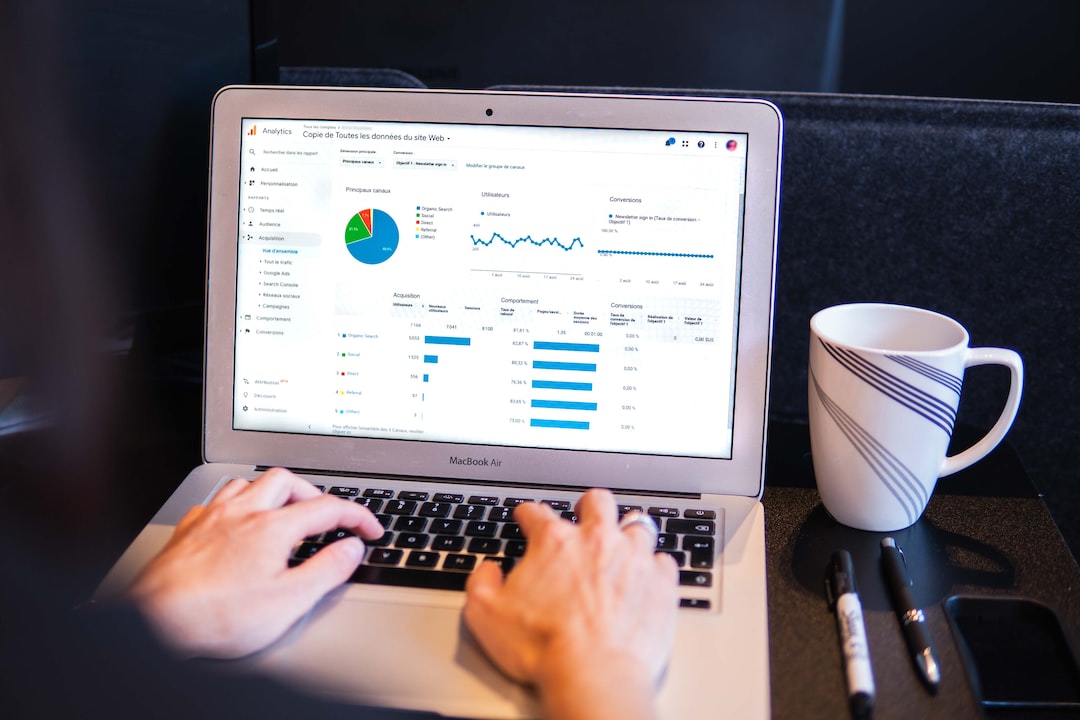Tips for Improving Website Loading Speed for Better Sales
In today’s fast-paced digital world, speed is of the essence. When it comes to websites, a slow loading speed can significantly impact user experience and ultimately lead to a loss in potential sales. Research has shown that visitors are likely to abandon a website if it takes more than three seconds to load. This means that businesses must prioritize improving their website loading speed to enhance customer satisfaction and increase conversions. Here are some valuable tips to achieve just that.
1. Optimize Image Sizes: Images are often the main culprits when it comes to slow loading websites. It is crucial to reduce their size without compromising on quality. One effective way to accomplish this is by using image compression tools or optimizing them through code. By doing so, you will significantly reduce the file size of your images, resulting in faster loading times.
2. Minimize HTTP Requests: Each element on a webpage, such as images, scripts, and stylesheets, requires a separate HTTP request. Reducing the number of these requests can significantly improve your website’s loading speed. To achieve this, consider combining multiple CSS and JavaScript files into one and utilizing CSS sprites to merge multiple images into a single file. This technique will minimize HTTP requests and boost your website’s performance.
3. Enable Browser Caching: Enabling browser caching instructs the user’s browser to store certain files locally. The next time they visit your website, the browser will retrieve those files from its cache, rather than making all the requests to your server again. This results in faster loading times for return visitors. Implementing browser caching techniques will enhance the overall user experience and improve repeat visits.
4. Use a Content Delivery Network (CDN): A CDN is a global network of servers that stores and delivers website content to users based on their geographical location. By using a CDN, you can ensure that your website’s files are stored in multiple locations worldwide. This reduces the distance between the server and the user, resulting in faster loading times. CDNs are particularly effective for websites with a global audience.
5. Minify CSS and JavaScript: Minification refers to the process of removing unnecessary characters, such as white spaces, line breaks, and comments, from code files. This reduces file sizes, resulting in faster downloads. Minifying your CSS and JavaScript files can significantly improve the loading speed of your website and enhance the overall user experience.
6. Optimize Your Server: Your website’s server plays a critical role in its overall performance. Ensure that your hosting provider offers reliable and fast servers with sufficient resources to handle your website’s traffic. Regularly monitor server performance and make necessary optimizations, such as enabling caching or upgrading to a higher plan if required. A well-optimized server will contribute to faster loading speeds and better overall user experience.
7. Evaluate and Remove Unnecessary Plugins: While plugins offer various functionalities, they can also slow down your website. Regularly evaluate the plugins you have installed and remove any that are unnecessary or have overlapping functionalities. Each additional plugin adds more code to your website, which can cause conflicts or slow down its loading speed.
8. Minimize Redirects: Redirects can significantly impact website loading speed, as they require an additional HTTP request. Ensure that you minimize the number of redirects on your website, as every redirect adds to the loading time. Regularly check for broken or unnecessary redirects and eliminate them to reduce loading times and improve user experience.
9. Optimize Above-the-Fold Content: Above-the-fold content refers to the portion of a webpage that is visible to visitors without scrolling. Optimizing this section by loading critical resources first can improve the perceived loading speed. By prioritizing above-the-fold content, you provide users with valuable and engaging information while the remaining parts of the webpage load in the background.
10. Regularly Monitor and Test: The digital landscape is continually evolving, so it is crucial to regularly monitor and test your website’s loading speed. Utilize tools such as Google PageSpeed Insights or GTmetrix to analyze and identify areas that need improvement. Regular testing will help you stay ahead of any potential issues and ensure optimal loading speed for your website.
In conclusion, improving your website’s loading speed is essential for better sales and customer satisfaction. By following these tips and implementing the necessary optimizations, you can enhance user experience, reduce bounce rates, and increase conversions. Remember, website speed is not just about improving loading times; it is about creating a seamless and enjoyable experience for your customers.

